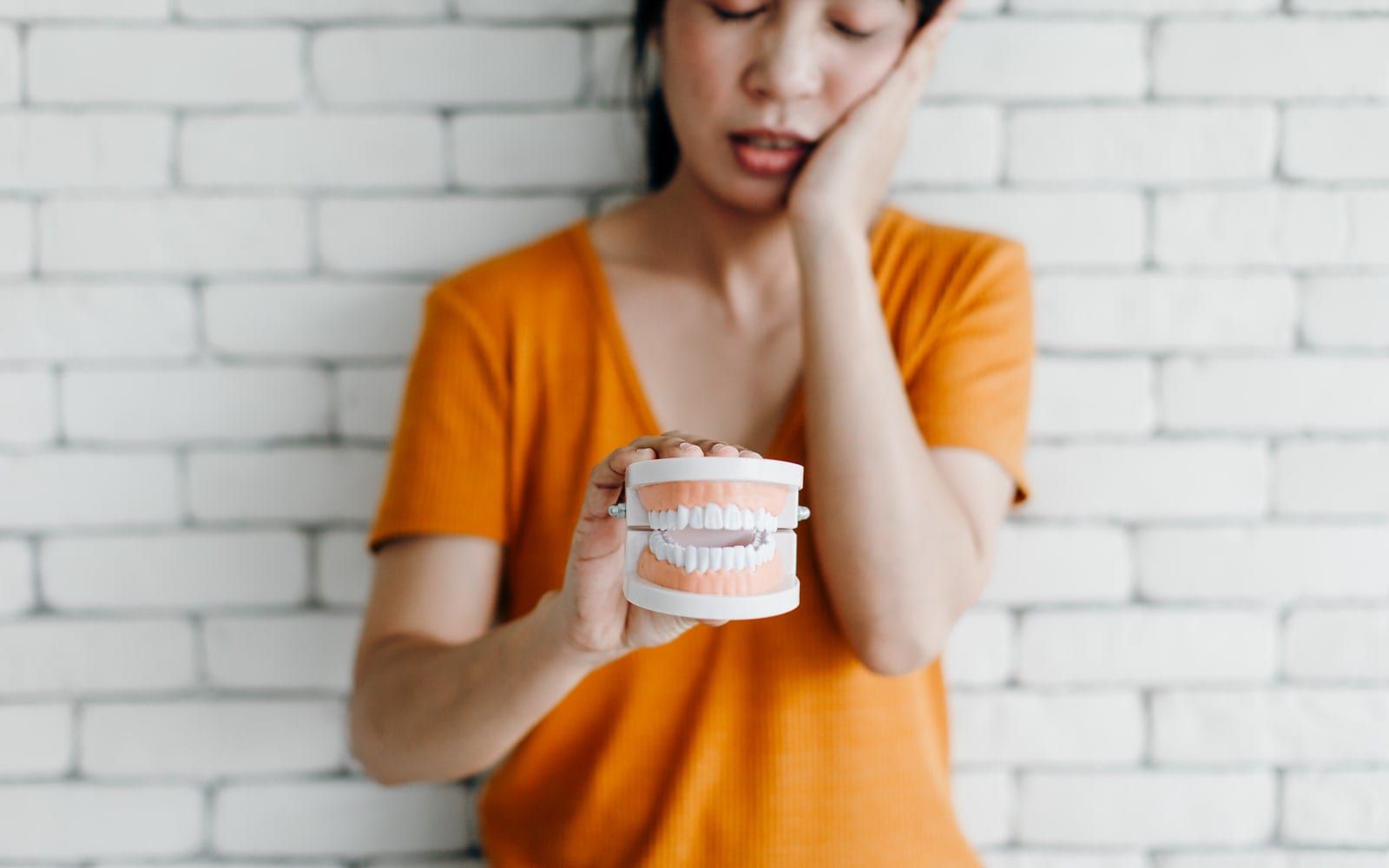Nearly everyone wishes their smile was bright and white, so we are always on the lookout for fast, simple, affordable ways to get there.
Truth is though, teeth staining builds up over years and reducing or eliminating it isn’t necessarily cheap or easy.
There are many reasons teeth become discolored; age, trauma, medications, and tobacco, as well as the foods we eat and drink. Very often, this discoloration can be treated with whitening agents and bring back a brighter, more vibrant smile.
Teeth whitening strips have long been plugged as a low-cost, effective way of removing the stains and brightening teeth without needing a dentist. These strips can be an effective way of improving the appearance of stained or yellow teeth, but they do come with concerns you should be aware of.
Made from flexible plastic strips that are coated with a layer of whitening gel, the strips are applied to teeth with the gel pressed against the surface and held in place for a period of time. Using the strips daily over two or three weeks allows the stains to be gradually reduced, leaving a whiter smile.
No matter how carefully you try placing the strips, there are always places where the strip isn’t in full contact with the tooth. Some areas of your teeth may not be properly covered and therefore will not be as whitened, leaving uneven results.
While the bleaching agent in whitening strips is not as powerful as the one’s dentists use, it is still a harsh chemical which can damage the soft tissues of your gums. It’s important to avoid contact between the whitening agent and your gums as much as possible
Most whitening strips are generally safe in moderation but overdoing it can cause sensitivity and sometimes permanent damage to teeth. If the layer of enamel is eroded through excessive whitening, you will not only suffer pain, but also risk decay and other problems, which could lead to losing teeth.
Whitening strips are effective for most surface stains but only if the teeth and gums are in a healthy condition to begin with. They also work for people in many different circumstances, but it’s not a solution for every situation or every person. They will not alter the shade of dental restorations or discoloration resulting from tooth trauma, antibiotic use, tooth decay or imperfections in the enamel.
Manufacturers of whitening strips note that your habits will determine how long the whitening treatment will last. For instance, coffee, tea, wine and tobacco will likely cause tooth discoloration.
Your teeth will stay whiter longer by following good oral health habits that includes brushing, flossing and rinsing. Get regular cleaning and exams from your dentist, limit intake of foods that can stain teeth and avoid tobacco completely.
Also consider that professional whitening treatment from your dentist, will provide better long term results with lower risks, although typically at a greater cost. If you choose to try the whitening strips, it’s smart to to ask your dentist for a thorough check-up and some guidance ahead of time.
Anytime you have questions about oral health, or safe and effective options for caring for teeth, it’s always best to talk with your dental professional. Unlike traditional dental insurance, cosmetic dental procedures are also included in American Dental Group plans, including teeth whitening.
A family-owned Colorado company, American Dental Group partners with independent hometown dentists to deliver high quality care to our members. See how an American Dental Group membership can save you money on dental care, vision materials, and prescription drugs.









